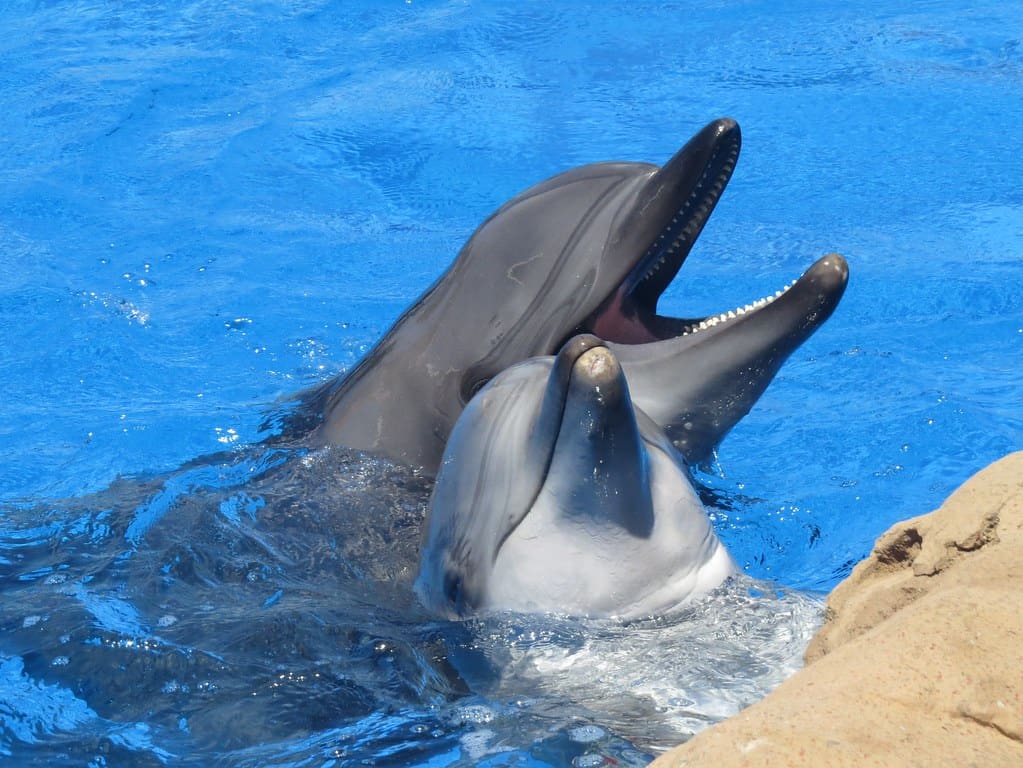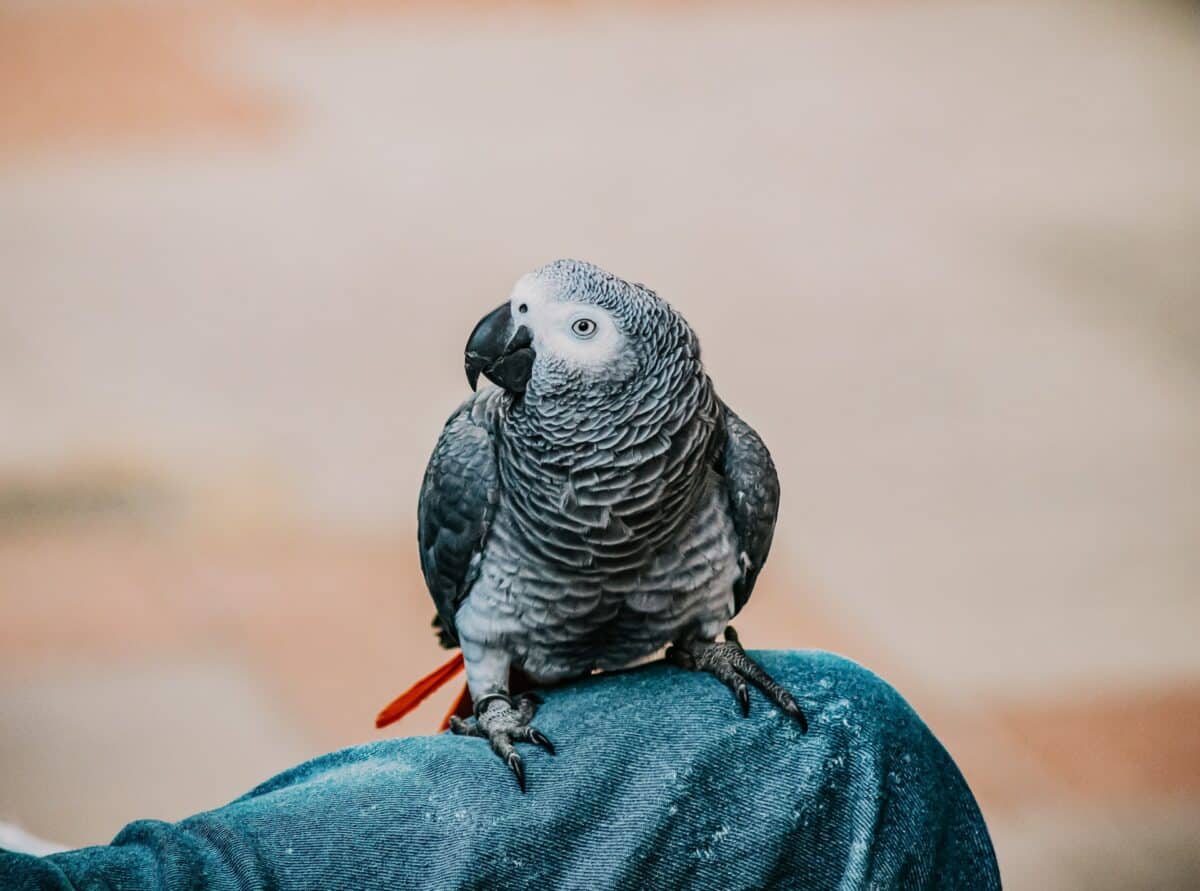Animal intelligence continues to fascinate scientists and animal lovers alike, challenging our understanding of cognition and consciousness beyond human experience. As we delve deeper into the minds of different species, we discover remarkable abilities that force us to reconsider what intelligence truly means. From self-awareness to problem-solving capabilities, animals demonstrate cognitive functions that were once considered uniquely human.
The questions people ask about animal intelligence reflect our curiosity about our fellow inhabitants on this planet and our desire to understand our place in the cognitive spectrum. These top 10 most-searched questions reveal both our assumptions and our genuine interest in comprehending the mental lives of other species. As research advances, the answers to these questions continue to evolve, painting an increasingly complex picture of animal cognition.
Which Animal Has the Highest IQ?

This question tops the search charts but contains a fundamental misunderstanding—IQ tests are designed specifically for humans and cannot be directly applied to animals. However, scientists have developed various methods to assess different aspects of animal intelligence. By these measures, great apes (particularly chimpanzees and bonobos) consistently demonstrate remarkable cognitive abilities closely resembling human intelligence, including tool use, symbolic communication, and some level of self-awareness.
Other highly intelligent animals include dolphins, with their complex social structures and problem-solving abilities; elephants, known for their long-term memory and emotional intelligence; and certain birds, particularly corvids (crows, ravens, and jays), which exhibit impressive tool creation skills and can solve multi-step problems. Rather than ranking animals on a single intelligence scale, scientists now recognize that different species have evolved specialized forms of intelligence suited to their ecological niches and survival needs.
Are Dolphins Smarter Than Humans?

Despite popular claims, dolphins are not smarter than humans in overall cognitive capacity, but they do possess specialized intelligence that exceeds human abilities in certain domains. Dolphins have larger brains relative to their body size than any animal except humans, and their neocortex—the brain region associated with higher thinking—is highly developed. They demonstrate self-awareness by recognizing themselves in mirrors, use signature whistles as names, develop complex hunting strategies, and can understand abstract concepts.
What makes dolphin intelligence particularly fascinating is how it evolved independently from primate intelligence in a completely different environment. Dolphins navigate and perceive their world primarily through echolocation, giving them sensory experiences humans cannot comprehend. Their social intelligence is exceptional, with evidence of cultural transmission of knowledge, cooperative problem-solving, and altruistic behavior. Rather than comparing intelligence as superior or inferior, scientists now view dolphin and human intelligence as differently specialized evolutionary adaptations.
How Do Animals Think Without Language?

This question reveals a human-centric bias—we often equate thinking with verbal language because that’s how we experience our own thoughts. However, cognitive processes can and do occur without language. Animals likely think through mental representations: images, sounds, smells, spatial relationships, and emotional states. These non-verbal forms of thought allow for complex problem-solving, as demonstrated when animals navigate mazes, use tools, or develop hunting strategies without verbal instruction.
Research suggests that many animals do have communication systems that, while different from human language, contain sophisticated elements. Prairie dogs use calls that specify predator types, sizes, and colors. Honeybees communicate precise distances and directions through dance. Dolphins and whales use signature calls that function like names. These communication systems, combined with the ability to form mental maps and remember sequences, allow animals to think in complex ways without human-style language. Their thinking may actually be less constrained by linguistic categories and more directly connected to sensory experience than our own.
Can Animals Understand Human Emotions?

Many animals demonstrate remarkable abilities to recognize and respond to human emotional states. Dogs in particular excel at reading human emotions, capable of distinguishing between happy and angry facial expressions and detecting emotional changes through subtle body language and scent variations. Studies show that dogs respond differently to human tears than to neutral behaviors, often exhibiting comforting behaviors. This sensitivity likely evolved through their long domestication history and selection for human companionship.
Beyond dogs, horses have demonstrated the ability to distinguish between positive and negative human facial expressions, while elephants show recognition of human body language indicating distress or calm. Even species less closely associated with humans, such as crows and certain primates, appear responsive to human emotional states. This cross-species emotional recognition suggests that the basic emotional systems are evolutionarily conserved across mammals and some birds, with similar neural mechanisms underpinning emotional processing. Rather than being uniquely human, emotional intelligence appears to be a widespread adaptation in socially complex animals.
Which Animals Show Self-Awareness?

Self-awareness, often tested through the mirror self-recognition test (MSR), has been documented in a select group of species. Great apes (chimpanzees, bonobos, orangutans, and some gorillas) consistently pass this test by recognizing that their reflection represents themselves. Dolphins and orcas also demonstrate this ability, using mirrors to examine marked parts of their bodies they cannot normally see. Asian elephants have joined this exclusive club, using their trunks to touch marks placed on their heads while looking in mirrors. More recently, magpies and some other corvids have passed variations of the mirror test, making them the first birds known to demonstrate this ability.
Beyond the mirror test, other indicators of self-awareness include metacognition (awareness of one’s own knowledge limits) and episodic memory (remembering personal experiences). Rhesus macaques demonstrate metacognition by choosing to skip difficult memory tests when uncertain, while scrub jays show evidence of episodic memory by remembering where, when, and what type of food they cached. These findings suggest that self-awareness exists on a spectrum rather than as a binary trait and may be more widespread in the animal kingdom than previously thought, manifesting in species-specific ways adapted to different ecological needs.
Do Animals Have a Sense of Time?

Animals demonstrate various levels of temporal awareness, from simple circadian rhythms to more complex time perception. Many species show evidence of anticipatory behavior, like migrating birds that depart at specific times of year regardless of local weather conditions, suggesting an internal calendar sense. Laboratory studies have shown that rats can remember the sequence of events and estimate time intervals, while chimps can recall the precise order of randomly flashed numbers on a screen—even outperforming humans on some temporal memory tasks.
One of the most fascinating demonstrations of animal time perception comes from scrub jays, who adjust their food-retrieval behavior based on how long food has been stored, understanding that certain items (like worms) spoil faster than others (like nuts). Domesticated animals also demonstrate time sensitivity—dogs often anticipate their owners’ return at regular times, and many pets understand feeding schedules. While animals likely don’t conceptualize time in the abstract way humans do with clocks and calendars, they clearly possess sophisticated temporal cognition adapted to their ecological needs, allowing them to track time periods relevant to their survival.
Can Animals Count or Do Math?

Numerical abilities appear surprisingly widespread in the animal kingdom. Chimpanzees can learn number symbols and perform simple addition, while African grey parrots have demonstrated the ability to identify quantities up to eight and understand the concept of zero. Even fish show basic numerical discrimination, with guppies able to distinguish between shoals of different sizes. This suggests that numerical cognition has deep evolutionary roots and isn’t solely a human trait.
The most impressive mathematical abilities have been documented in corvids (the crow family). New Caledonian crows understand exact quantities up to five and can solve problems requiring step-by-step reasoning. One study showed crows could understand a principle similar to Archimedes’ displacement principle, dropping stones in water to raise the level and obtain floating food. While animals likely don’t manipulate abstract mathematical symbols as humans do, their natural numerical abilities allow them to make important ecological decisions—like choosing larger food sources, tracking offspring, or evaluating group sizes of competitors—suggesting that mathematical cognition evolved for practical survival purposes long before formal mathematics.
Which Animals Use Tools?

Tool use, once considered a uniquely human trait, has now been documented in dozens of species. Primates show some of the most sophisticated tool use—chimpanzees craft fishing sticks to extract termites, use stone hammers to crack nuts, and even fashion spears for hunting. Orangutans fashion umbrellas from large leaves during rainstorms and use sticks to test water depth. But impressive tool use extends far beyond our closest relatives. New Caledonian crows craft multiple specialized tools from materials like twigs and leaves, including hooked tools they shape to extract insects from holes—a level of craftsmanship once thought impossible without hands.
Marine animals have also demonstrated remarkable tool capabilities. Dolphins in Shark Bay, Australia, protect their snouts with sponges while foraging on the seabed. Sea otters use rocks to crack open shellfish, sometimes even maintaining favorite stones they carry in underarm pouches. Even certain invertebrates show tool use—octopuses collect coconut shell halves and carry them for later use as portable shelters. The diversity of tool use across evolutionarily distant species suggests that this cognitive ability has evolved independently multiple times, challenging the notion that tool use represents a single cognitive pathway or a strictly hierarchical ability with humans at the pinnacle.
Do Animals Have Culture and Pass Knowledge?

Cultural transmission—the passing of knowledge and behaviors through social learning rather than genetics—is increasingly recognized in numerous species. The most extensively documented animal cultures exist among chimpanzees, who display over 40 different cultural traditions varying between communities, including tool-use techniques, grooming customs, and courtship behaviors. Similar cultural variations have been observed in orangutans, with different populations using distinct tools and communication signals. In marine environments, orca pods maintain distinctive hunting techniques, vocalizations, and social behaviors that are taught to younger generations.
Bird species provide some of the most compelling evidence for cultural transmission. Regional dialects in birdsong represent cultural learning, with young birds adopting the specific song patterns of their social group. The remarkable migration routes of many bird species are culturally transmitted, with experienced birds leading first-time migrants. Recent research with humpback whales has documented the cultural spread of a new hunting technique called “lobtail feeding” that spread through a population over 27 years as individuals learned from each other. These examples demonstrate that culture isn’t uniquely human but represents an efficient mechanism for adapting to environmental challenges that has evolved independently in multiple intelligent species.
Can Animals Learn Human Language?

While no animal has mastered the full complexity of human language with its recursive grammar, several species have demonstrated remarkable linguistic capabilities. The most successful language-learning animals are great apes trained in modified sign language or symbolic communication systems. Koko the gorilla reportedly understood over 1,000 signs and could combine them in meaningful ways. Kanzi, a bonobo, learned to communicate using lexigrams (symbolic keyboard) and demonstrates understanding of spoken English sentences. These apes can form simple sentences, make requests, answer questions, and even show some understanding of syntax.
Beyond primates, African grey parrots have shown exceptional language abilities. Alex, studied by Dr. Irene Pepperberg, learned approximately 100 words, could identify colors, shapes, and materials, understood concepts like “same” and “different,” and could answer complex questions about objects. Border collies like Chaser have learned the names of over 1,000 objects and can respond to verbal commands to retrieve specific items. While these achievements fall short of human linguistic capacity, they demonstrate that certain aspects of language learning—particularly vocabulary acquisition and simple semantic relationships—are accessible to other species with sufficient intelligence and appropriate training methods.
Do Animals Have Emotional Intelligence?

Emotional intelligence in animals encompasses recognizing emotions in others, regulating one’s own emotions, and responding appropriately to emotional situations—abilities increasingly documented across species. Elephants show remarkable emotional sophistication, comforting distressed herd members by touching them with their trunks, vocalizing reassuringly, and forming protective circles around vulnerable individuals. They also demonstrate mourning behaviors, returning to the remains of deceased family members for years. Great apes display complex emotional lives, with chimpanzees consoling victims of aggression and showing behaviors suggestive of empathy when others are injured.
Emotional intelligence extends beyond mammals. Ravens have been observed providing consolation to victims of aggression, while studies of chickens reveal they experience empathic distress when their chicks are in discomfort. Rats will help other rats in distress even when it means delaying their own reward, suggesting a form of empathy. Domesticated animals show particularly refined emotional intelligence toward humans—dogs can distinguish between happy and angry human faces and adjust their behavior accordingly. Rather than being a uniquely human trait, emotional intelligence appears to be an evolutionary adaptation in social species, facilitating group cohesion and cooperation. The degree and expression of emotional intelligence varies based on each species’ social structure and evolutionary history.
Conclusion: Redefining Intelligence Beyond Human Parameters

As we explore the most common questions about animal intelligence, a profound pattern emerges—our traditional human-centered definition of intelligence is increasingly inadequate. Each species has evolved cognitive abilities specifically adapted to their ecological niche, resulting in diverse forms of intelligence that cannot be ranked on a single scale. Dolphins navigate complex social worlds through echolocation and acoustic memory, while crows solve multi-step problems with brains the size of walnuts. These specialized intelligences remind us that cognition takes many forms.
The research on animal cognition has profound ethical implications. As we recognize that many species possess self-awareness, emotional lives, cultural transmission, and complex problem-solving abilities, we must reconsider our treatment of these sentient beings. The intelligence gap between humans and other animals is increasingly understood as a difference in degree rather than kind, with continuity across species in fundamental cognitive processes.
Perhaps most importantly, studying animal intelligence helps us understand our own minds better. Many cognitive abilities once considered uniquely human—from tool use to cultural learning—have deep evolutionary roots shared with other species. This suggests that human intelligence didn’t emerge in isolation but evolved from pre-existing cognitive systems present in our animal ancestors.
As research techniques advance and we become more skilled at asking questions in ways meaningful to different species, our understanding of animal minds will continue to expand. The most exciting discoveries about animal intelligence likely still await us, promising to further revolutionize our understanding of consciousness and cognition throughout the animal kingdom.
- The 10 Most Googled Questions About Animal Intelligence - August 13, 2025
- Coral Reefs Are Disappearing But Some Animals Are Fighting Back - August 13, 2025
- Tourists Keep Ignoring Yellowstone Rules and Animals Are not Having It - August 13, 2025

